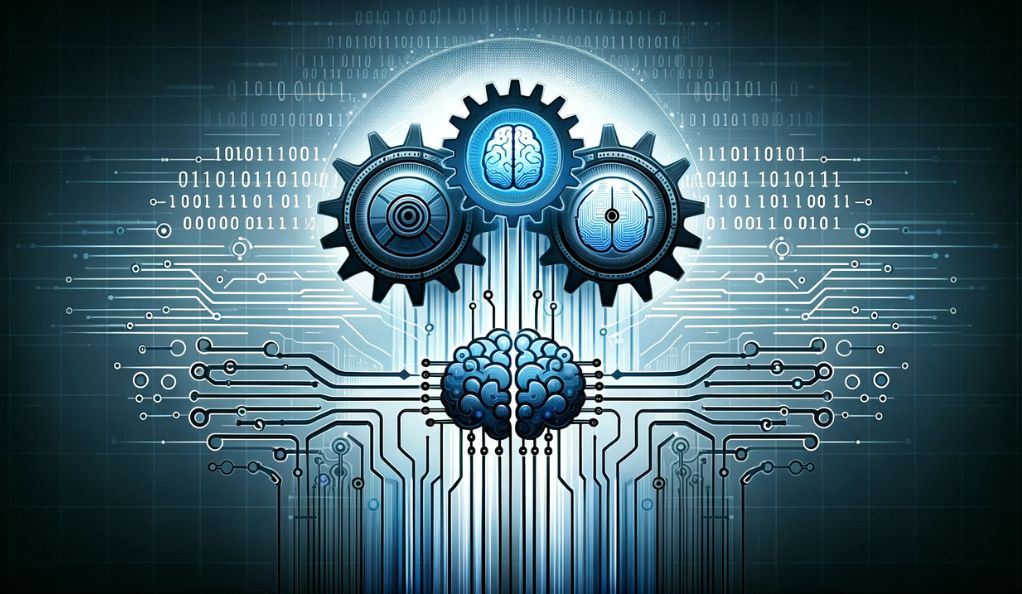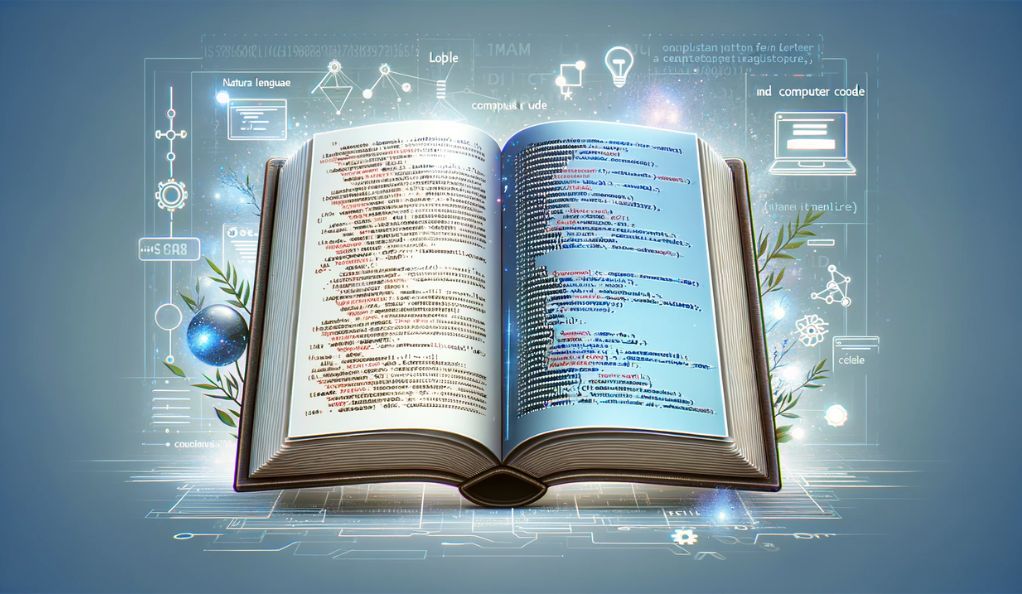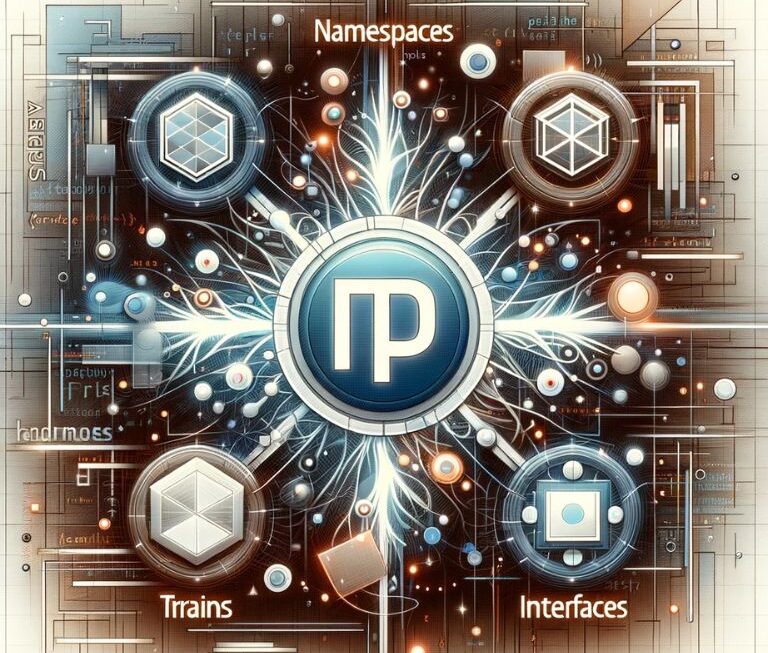The advent of artificial intelligence (AI) in software development has opened a plethora of opportunities to streamline processes, enhance accuracy, and boost developer productivity. Among the trailblazing innovations in this space is CodeT5, an AI-powered model that is carving a niche for itself by offering personalized coding solutions. As developers seek ways to optimize their workflows, CodeT5 emerges as a beacon of efficiency, heralding a new era of code generation. This article ventures into the depths of CodeT5, its functionalities, the process of fine-tuning it for custom tasks, and the significant impact it has made across various coding scenarios.
Introduction to CodeT5: The AI Model Transforming Code Writing
In the coding world, the challenge has always been to bridge the gap between the intricate nuances of human language and the precise requirements of programming languages. CodeT5 does not just bridge this gap; it builds a highway. Leveraging the power of the T5 (Text-to-Text Transfer Transformer) architecture, CodeT5 is a transformer-based model that excels in understanding and generating code. What sets it apart is its ability to discern the context and semantics of code, akin to a seasoned developer’s insight.
The Genesis of CodeT5
The origins of CodeT5 can be traced back to the need for an AI model that could understand code not just as a string of characters but as a structured language with its own syntax, semantics, and pragmatics. This understanding is crucial for tasks ranging from code generation to bug fixing and even translating between different programming languages.
CodeT5 at a Glance
| Feature | Impact on Coding |
|---|---|
| Encoder-Decoder Architecture | Fosters deep learning of code structures and logic. |
| Pre-trained on 8.35M Functions | Endows the model with a vast repertoire of coding patterns across languages. |
| Identifier-aware Pre-training | Amplifies the model’s grasp on the nuanced token type information in the code. |
As AI continues to evolve, it becomes increasingly important to develop models that not only perform well but also integrate seamlessly into the human workflow. CodeT5 is a testament to this evolution, representing a significant stride toward an AI-augmented future in software development.
The Encoder-Decoder Architecture: How CodeT5 Understands Code
The remarkable capabilities of CodeT5 in deciphering and composing code can be largely credited to its sophisticated encoder-decoder architecture. This advanced framework is comparable to a polyglot linguist, adept in several languages, with the innate capacity to effortlessly comprehend and convert concepts and instructions across them. It stands as the bedrock of the system, providing the AI with a robust mechanism for deep learning and understanding of programming languages, thus enabling it to translate intricate human instructions into executable code with remarkable precision and fluency.

Understanding the Encoder-Decoder Model
The encoder-decoder model is a two-part mechanism. The encoder reads and processes the input data, in this case, source code or natural language descriptions. It then converts this input into a complex internal representation. The decoder part takes this representation and translates it into a meaningful output, which could be a block of code, a summary, or even a translation into another programming language.
Encoder-Decoder Functions
| Component | Function | Example Usage |
|---|---|---|
| Encoder | Analyzes and encodes the input into a data-rich internal state. | Interpreting a natural language description of a coding task. |
| Decoder | Translates the internal state into the desired output. | Generating the corresponding code from the internal state. |
The Pre-training Advantage
A significant aspect of CodeT5’s architecture is its pre-training on over 8.35 million functions across eight programming languages. This extensive pre-training enables CodeT5 to have a foundational understanding of various coding patterns, styles, and nuances, which can be likened to a seasoned programmer’s years of experience.
Training CodeT5: A Guide to Customizing AI for Your Codebase
Harnessing the full power of CodeT5 necessitates a fine-tuning process using your unique collection of code. By customizing the model in this way, you align its intelligence with your particular coding ecosystem, ensuring that the resulting AI-driven suggestions and solutions are bespoke and perfectly suited to your methodologies and programming preferences. This tailored approach not only enhances the relevance of the AI’s outputs but also significantly boosts the efficiency and effectiveness of your software development endeavors.
Tailoring CodeT5 to Your Needs
Customizing CodeT5 requires a structured approach. The following steps provide a roadmap to personalizing the model:
- Dataset Preparation: Compile a diverse set of code from your projects to serve as the training dataset.
- Environment Setup: Establish a development environment with the necessary computational resources for training the model.
- Fine-Tuning Process: Run the training algorithm, adjusting the parameters to fine-tune the model’s responses to your coding style and preferences.
CodeT5 in Action: Text-to-Code Generation and Beyond

CodeT5’s standout feature is its remarkable capability to translate descriptions written in natural language directly into functional snippets of code. Far from being a mere gimmick, this text-to-code generation functionality represents a revolutionary tool. It goes beyond basic automation to serve as a critical asset that can greatly expedite the coding process, transforming the way programmers approach the creation and development of software by bridging the gap between human linguistic expression and machine-readable code.
Expanding Beyond Code Generation
While text-to-code generation is impressive, CodeT5’s capabilities extend further, including code summarization, which creates high-level descriptions of code functionality, and code translation between different programming languages.
Applications of CodeT5
- Code Summarization: Converts complex code blocks into concise descriptions.
- Code Translation: Bridges different programming languages by translating code.
Optimizing CodeT5 for Your Development Workflow
Incorporating AI seamlessly into the current development ecosystem is crucial for leveraging its benefits without disrupting tried-and-true workflows. Consequently, CodeT5 shines in this regard, integrating smoothly with the developer’s suite of tools, particularly when paired with prevalent Integrated Development Environments (IDEs) like Visual Studio Code. This seamless compatibility highlights CodeT5’s commitment to user-focused design, guaranteeing that it enhances rather than overcomplicates the programming process, thereby promoting a harmonious blend of AI capabilities with the developer’s expertise.

Harnessing CodeT5 with IDE Plugins
A practical way to bring CodeT5 into the daily routine of developers is through plugins for IDEs. These plugins can provide real-time code generation, suggestions, and even error corrections as you type, effectively pairing you with an AI coding partner.
Steps to Integrate CodeT5 into an IDE:
- Installation: Download and install the CodeT5 plugin for your IDE.
- Configuration: Set the plugin preferences to match your coding style and project requirements.
- Usage: Engage with the plugin during your coding sessions for enhanced productivity and insights.
The integration not only simplifies the task at hand but also opens up opportunities for developers to learn and adopt new coding practices by observing the suggestions and generated code from CodeT5.
The Future of AI-Assisted Coding with CodeT5
With the ongoing advancement of AI technology, we can anticipate that the functionality of models such as CodeT5 will continue to grow, thereby increasingly enriching their contribution to the software development lifecycle. Looking ahead, it’s probable that CodeT5 will become even more intertwined with cloud platforms, continuous integration pipelines, and various development tools, cementing the role of AI-assisted coding as a norm within the industry.
Anticipating the Evolution of CodeT5
The continuous development of CodeT5 aims to address a broader range of programming languages and developer needs, including more nuanced code suggestions, advanced bug detection, and even the ability to write entire programs with minimal human input.
Predictions for AI in Coding:
- Broader language support, covering niche and emerging programming languages.
- Deeper integration with development tools, creating a more unified coding environment.
- Enhanced learning algorithms that reduce the need for extensive fine-tuning, making AI assistance more accessible to all developers.
Conclusion: Embracing CodeT5 for Enhanced Coding Efficiency
CodeT5 is more than just an AI model; it’s a paradigm shift in how we approach coding tasks. It embodies a future where AI is a ubiquitous partner in software development, offering a blend of creativity and precision that augments the capabilities of human developers. As we reflect on the advancements of AI in coding, it’s clear that tools like CodeT5 are not merely assistants; they are catalysts for innovation, efficiency, and growth.
By integrating CodeT5 into their workflow, developers can not only improve their productivity but also elevate the quality of their code. The future of software development is a collaborative one, with human ingenuity and artificial intelligence working in concert to tackle the challenges of an ever-evolving digital landscape.
In embracing CodeT5, developers and organizations can position themselves at the forefront of this revolution, ready to harness the full potential of AI-assisted coding.




